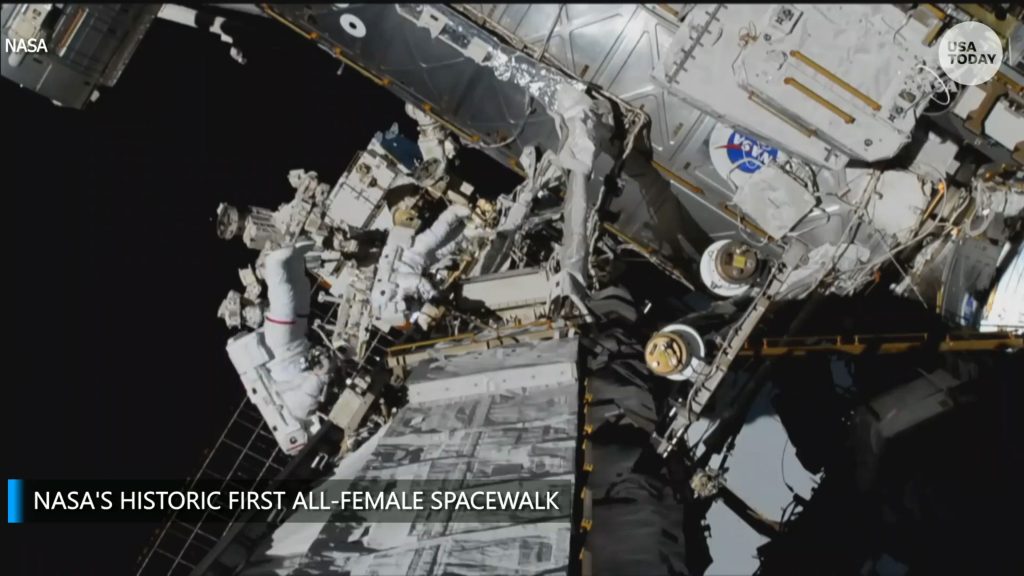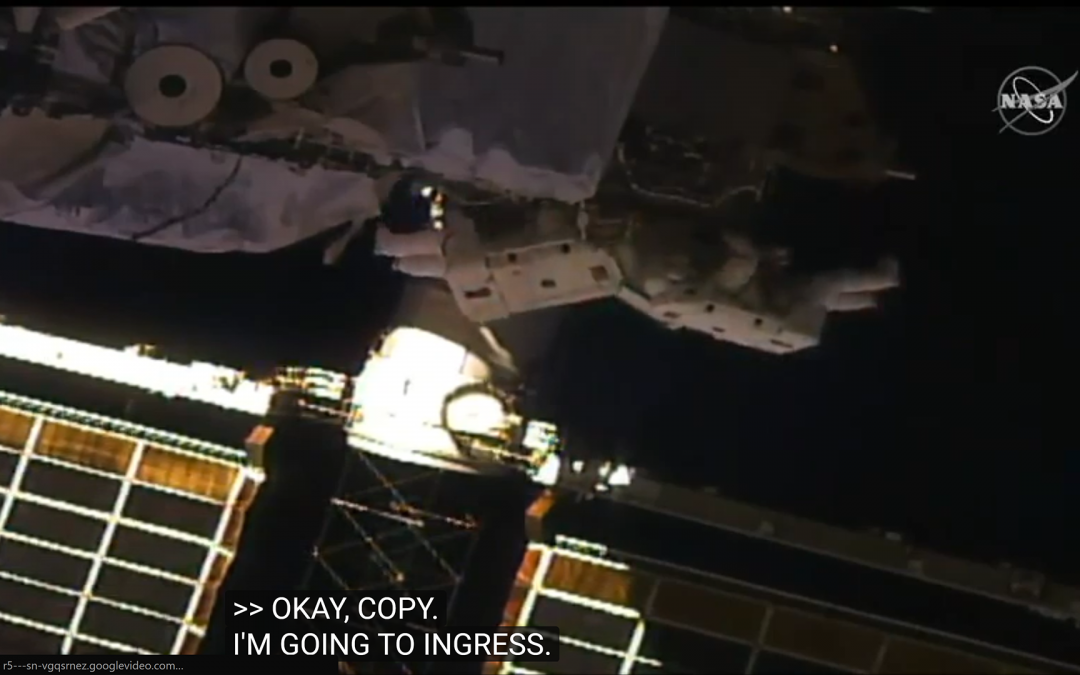
Congratulations Astronauts Christina Koch and Jessica Meir!
Today, Astronauts Christina Koch and Jessica Meir were the first all-female EVA (space walk) in history. In keeping with the historic first, all 7+ hours were broadcast live. Given the huge sci-fi nerd that I am, I watched a significant portion of it, down to the installation of a threaded bolt – 14 turns. The video captured the beauty and the technology of the whole mission. It also demonstrated the execution of High Reliability Organizing in every vocal exchange, in each footstep and handhold, in the double checking (both planned and impromptu) and in the details on the planning, practice and training needed to execute their repair and maintenance projects.
The overall mission has been in planning and preparation for a year. Much of the efforts are directly associated with quality, safety, and protecting human lives.The importance of HRO for a high risk event such as an EVA space walk cannot be overstated. Here’s some examples:
- There is a constant dialogue about upcoming steps or way-points that mission control feeds the astronauts. “LOS (loss of signal) in 2 minutes”
- There is a check, double check and confirmation before performing equipment maintenance: “What is serial number on unit?”, ” Serial Number is 0011″, “Check serial number is 11, that is the correct unit”, “starting removal of unit 11”
- When a question comes up regarding how many turns are needed to secure the mounting bolt, work stops pending resolution. This can come from either the astronauts or mission control. When an answer is developed, it is communicated with the question, and directions on getting back on task. When they exceed that number again, work is halted pending response from mission control.
- When the plan is going to change, i.e. a decision on staying in EVA past planned time, everyone is polled before and after decision. And when the change takes place it is communicated again.
- Space suit gloves are always paid attention to because they are where the action happens and damage from a tool is routine. There are planned glove checks as part of the established plan, and also called impromptu after extended work, or a question by the astronauts regarding an unknown material on the gloves.
- The astronauts and mission control spend hundreds of hours practicing on a variety of simulators, including underwater. This identifies issues in lower risk environments so the plan can be reworked. It also serves as a warning system “Hey when we did this during training, it worked this way, should we change this now?”
- There are multiple tether systems for the walk. The primary tether is an 85 foot long retractable cable that works like a dog leash. There are shorter, site specific tethers for doing work or holding tools. The astronauts are never in a position were at least one tether is attached before moving. At one point in the walk, the astronauts primary tethers became tangled. The project worked stopped until it was confirmed if it was safe to proceed.
- However, in case there is a tether failure and the astronaut is detached from the ISS, the space suits carry an emergency jet system on the bottom of their environmental back pack units. This can be use to propel them back to the space station.
We’ve come to expect these events to go off without a hitch. This one did, and it was a very successful EVA as well as an outstanding historic scenario. But if a problem were to evolve, you can be sure that emergency procedures would unfold with the same level of detail and planning, resulting in the best possible chances for a positive outcome.
Congratulations again to EV-1 and EV-2 and the whole mission team.

